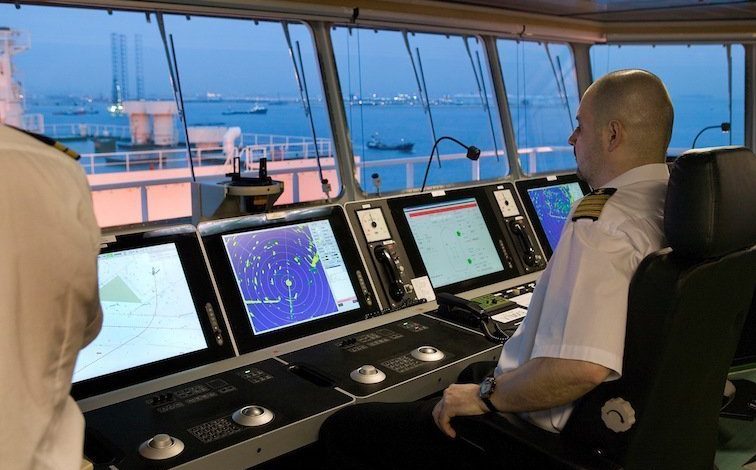Digital maritime spend analysed in landmark study

A new 60-page report issued today looking into maritime startups conducted for Inmarsat by UK GovTech venture firm and research house, PUBLIC, shows the fantastic growth opportunities for businesses eyeing the digital maritime space.
The report, entitled Trade 2.0, was authored by occasional Splash contributor Nick Chubb and Leonardo Zangrando.
Inside is a first-of-its-kind assessment of the size and growth potential of the global “ShipTech” market. ShipTech is defined as the provision of digital products and services to the commercial maritime industry.
Spend on ShipTech was estimated to be $106bn last year, the report stated, going on to predict it could be worth $287bn by 2030, representing a compound annual growth rate of 8.4%, something the authors pointed out was slower than many other high growth technology sectors, largely due to the complexities of delivering digital services at sea.
Potentially more interesting than the gross spend on digital technology is the predicted shift in procurement away from large corporate technology providers to startups and SMEs. In 2018, just $4.2bn of digital spending went to startups and small innovators, with the rest going to large corporations that also sell operational technology and hardware.
“As the barriers to the consumption of digital services come down, thanks in part to improved connectivity at sea, total spending on digital services provided by startups and SMEs is predicted to be a little over $111bn by 2030, representing a compound annual growth rate of 120%,” the report predicted.

Report can be downloaded here: https://www2.inmarsat.com/trade-2.0